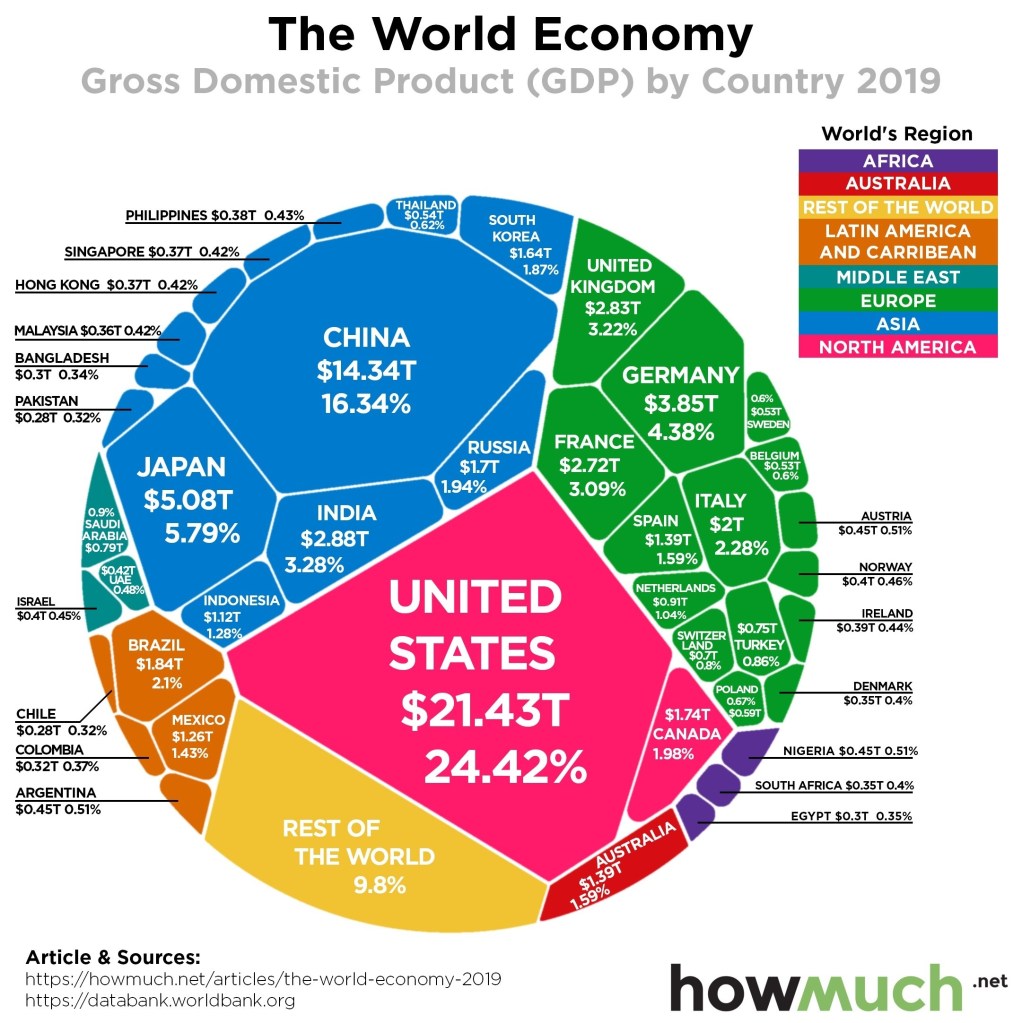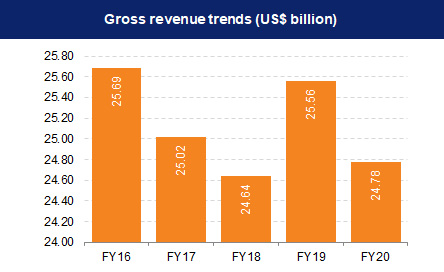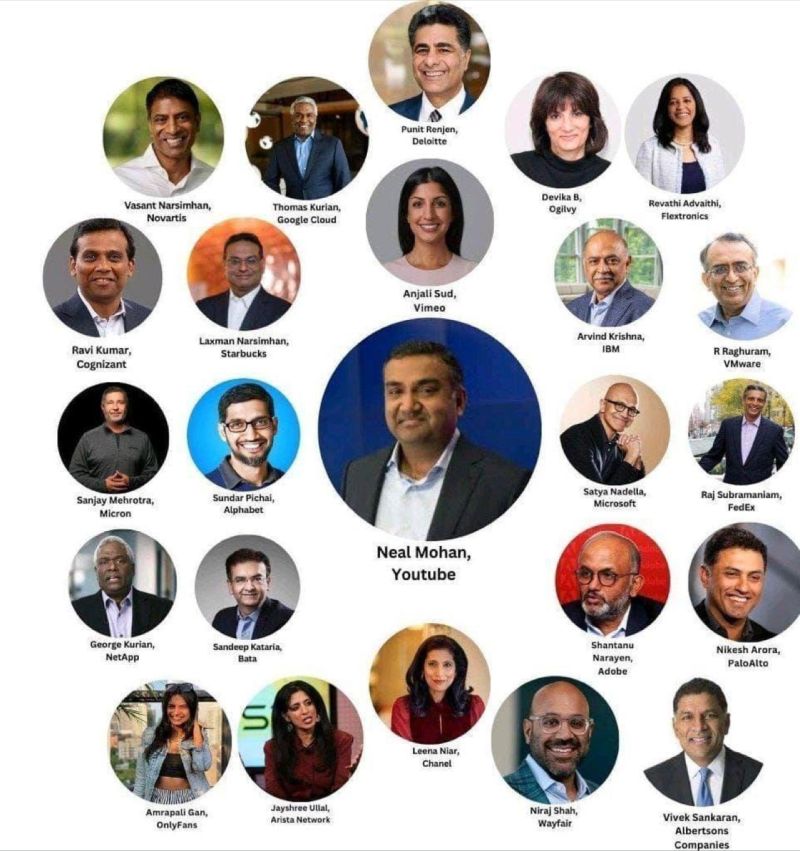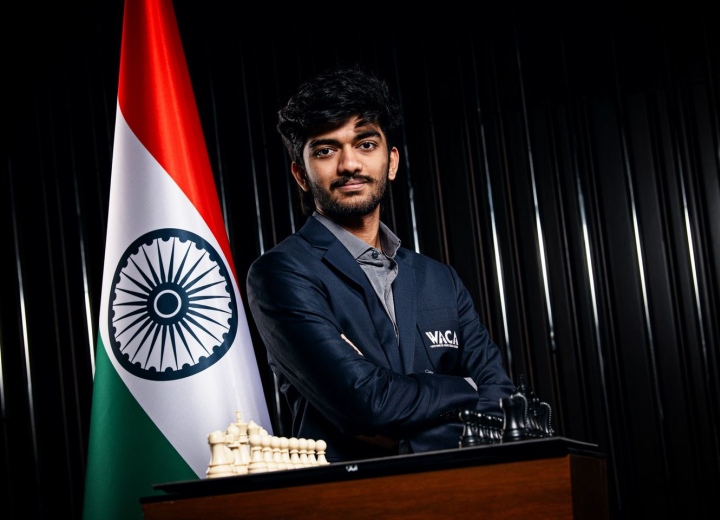Suddenly I remembered some tidbits from my grandma’s kitchen. I wish I had paid more attention to her cooking those days. We got a mixer grinder by 1980 but even after that, my granny used to grind the Coconut chutney or Pudhina thogaiyal only on the stone chakki. I remember the days when we used to grind the idli batter on the stone chakki as well. This was until we got our first wet grinder at home. For the Vraths we observed at our home puja, we had a ‘sacred ‘ (!) chakki that was used only to pound rice/wheat for making Neivedyam for the gods!
My home also had a small coffee grinding machine, manual, fixed to a wooden shelf. Coffee in the mornings always used to be too fresh. We got our coffee seeds roasted every week. The pounding by hand, my granny did every morning before making the filter coffee. This must have been our house practice at least until 1982. Moreover there were no coffee shops in those days like we have now. Many families owned this small and cute iron coffee grinding machine that was easy to operate.
But what I specifically remember about my granny is how she never used the ‘chakkai’ or pulp of coconut but only the first 2 extracts of coconut milk on breaking a fresh coconut. Like any south Indian home, ours always stocked coconuts by the dozen. No recipe in my home almost without coconut as ingredient – barring rare few. If fresh coconut was not used – the kopra (dried and desiccated coconut) was used. Yes, the kopra! My grandma used kopra in lots of dishes. Sambhar was never the plain sambhar that was podi sambhar with thaan like how we make now. Every single time, the sambhar in our house was ‘arachu vitta sambhar’ when not fresh coconut but always only kopra that was toasted and made into paste with red chili, dhania, etc was used. As for ‘thengai paal kozhambu’ etc., only the coconut milk was used freshly extracted, never the dense coconut pulp on wet grinding. So the stews in our home always used to be water thin, yet yummy, keeping with the consistency of the coconut milk. Sambhar or any stew/kozhambu would never form lumps or be mozhukku mozhukku as we say in Tamil. That consistency was brilliant. Hand coconut scraper meant, no brown dots from the kernel. We stopped just short of the kernel when scraping the coconuts, that the chutneys used to be as white as freshly bleached white clothes! Thumbai poo thengai chutney really. Now the grinding coconut in blender gives us the pulp that is like gravy with brown dots strewn all across. Sometimes I do try to make veg korma etc., with just the coconut milk like my paatti.
“Rasasambhar’ – this was my patti’s signature dish – which was neither wholly sambhar nor fully rasam. It came with tomatoes but no tamarind, very little dal like in rasam, no sambhar/curry powder but split green chilis. It was a hit in our family. Mostly for saturdays we had it. I really regret not having mastered this recipe. Its for the lighter days and for summers specially. Not too spicy or gassy. No onions, just plain rasasambhar with tomatoes, green chili alone with curry leaves and coriander.
The best sweet my patti ever made was Kaju katli – the cashewnut barfi although I didn’t know it by that name then. We simply called it mundhiri burfi or mundhiri paruppu paak (like mysore pak that’s all). She also made laddus, jaangiris besides making vathal or vadam (fries like papads) on our open terrace bottling at the same time mango and lemon pickles in ceramic jars (jaadis) that would be sealed off tightly with a piece of cotton rag to last us through an year. I loved the jawwarisi vathal koozh hahaha so my patti would give me one mug just like sabudana kheer – with the only difference being that it would be salted with just a squeeze of lemon on top! That is what paatis are for! Every summer vathal day means, a mug of vathal koozh for me just plain raw!!
Her lunch boxes in my school were hit. Her lunch boxes were also a hit in my mother’s school and my aunt;s school. How she managed to pack so many tiffin boxes so early in the morning = only now I am wondering. I am talking about an age when we had least facilities. No mixer grinder, no coffee machine, nothing. She packed lunch boxes for my parents, my aunt, uncle and we two girls. Besides that she laid out full meal breakfast for all of us by 8. We had this habit of eating whole meals by 8 or 8.30 am – no tiffin for breakfast. Again meals for lunch and dinner. Tiffins were only for the evenings. Which meant, we ate 4 times a day apart from fruit breaks and milk/coffee breaks! Paatti would keep tiffins ready by evening and give us dinner by evening 7. Well, 7.30 or maximum 8 used to be our family bedtime!
Friends came home just to eat her food. My mom’s colleagues, my aunt;s, the neighbourhood aunties (maamis) everyone loved her food. She was fondly called ‘maadiaathu maami; by everyone in the street. I was told that for my first birthday, my grandma cooked single handedly f0r 100 guests at home – without a help. She had made badam halwa for dessert, handgrinding the almonds. I was born an year after my mother delivered her first son stillborn. So I was a celebrated baby. (As for as birthday cakes were concerned, a strict NO. Instead paati actually dared to make big Kanjivaram idli for me to cut like cake on my birthdays!)
Of fondest memories are my patti’s Kali and Koottu that she would make for every Aarudhra Dharshanam. Then Pori urundai for Deepam. Deepavali sweets at least three varieties in hundreds. Murukkus, chaklis. Sometimes I think I wasted years not learning anything from her. During those times, we had only a single LPG cylinder. That would last us only 20-21 days maximum and during festival times, wouldn’t even last 15 days. We had no second cylinder. It meant, my patti worked in kerosene stove until the refill LPG cylinder arrived. Those days, it sometimes took a week or even 10 days for a finished gas cylinder to be replaced. All that never slowed down the kitchen activity in our home. Nobody left our place without eating. My house was known for hospitality. People had to burp and leave wholly satisfied! “Naalu ilai vizhanum’ was what I heard growing up. It means, 4 (banana) leaves at least must end up in the garbage bin. Banana leaves were the natural plates used for serving guests. Even today south Indian restaurants use banana leaves for serving food. No Hindu marriage without feast being served on banana leaves. Paper plates/crstals/dinner plates preferred by very few even today. So if 4 banana leaves fall in your garbage bin, it means you hosted 4 people for meals at your home that day. For all this generous gesture, we were a middle class family. That after generations, that hospitality is still remembered is something.
As it turns out, my sister is a gourmet chef unofficially who can turn out restaurant style north indian, south indian, continental, italian in no time. She is an expert self taught cook who also does baking, pickling, fries etc besides doing the same laddu and other sweets alongside murukkus, chaklis – being a working woman of managerial capacity at that. My aunt too is a gifted cook. She is too old now to cook. My girl cousins also have turned out to be great cooks. One girl is supposedly masterchef in non veg cooking that I cannot sample. All of these were/are working women.
We all developed our own ‘kai bhagam.’ I don’t know about mine but I do know that my family loves and appreciates my food. I don;t remember patti’s taste now but my aunt says none of us acquired her kai pakkuvam. It was lost with her. It was because we faced a storm in that phase that took our attention away from food. Our focus was on other important matters. Food was only for subsistence.
But when my friends still remember my lunch box to school and remember my patti’s cooking, it brings a smile to my face. I still do yam the way she used to slice and roast. She never skinned the carrots. EVen for potato podimas, she left the potato skin unpeeled. Same for potato in kozhambu. Came with the jacket! Kozhambu had even colocasia (seppam) sometimes – that ofcourse came with skin peeled! She neither peeled the skin of apples. No skinning the raw mango either. Just a thorough rinse under running water, that’s all. Not as paranoid about pesticides and fertilizer residues as we are today! But I think in her days, those were sprayed less too. Well, even vaazhaikkai – the raw banana was fried in our home with the skin unpeeled but sliced thin. For a fact, even the mango fruit we never peeled but always ate the ripe mangoes with the skin.
By my 13th year when I attained my puberty, my granny started feeding me urad dal laddoos. I can now deduce how she must have made it. Roasting urad dal on ghee, adding cashewnuts and almonds, she must have powdered it and blended the same with molten jaggery. This she must have made into fair sized balls that she neatly fit into tins. Every morning she gave me one urad dal laddoo to eat on empty stomach which she said was good for uterus development and for bone growth. Her value I realized decades later. This kind of nutrition is extremely important for vegetarians especially. I must have had this for at least 3-4 months everyday. Dal rice with generous ghee serving was a must in my home. Also thick fresh curds (yoghurt). We ate all vegetables and all fruits. I was a poor eater in my pre-teens. I never capitalized on my grandma cooking.
For our hair and body, patti made shikakhai at home for hair wash. She had us use besan for body cleansing. NO chemical soap or shampoo at all until atleast my 15 th year. Saturdays were ‘vilakkenai days!’ We were made to gulp down castor oil every saturday and we would end up with loose motion at times that would cleanse our bowels totally. On the same day we were to soak head to foot in coconut oil for hours before showering. It was a weekly ritual never once broken to my memory.
Neither do I remember popping pills for anything. Even for fevers only ‘kashayam’ for us and the temperature generally came down on its own. When I had measles in my primary school, I was never refered to a doctor. Only neem water. I was quarantined within my home and made to lay on a mat with neem leaves for mattress. For colds and fevers, my mother would pluck ‘karpooravalli’ leaves and ‘tulasi’ leaves from our terrace potted plants and ask us to chew. We normally got better with these home remedies. Paatti had kai vaidyam for everything – from stomach ache to sprains.
More importantly, NO eating out for us in those days. May be we ate out once an year and that too only at Shanthi Vihar, Luz, Mylopore that is no more. 100% home food. Only 4 sets of clothes even if both my parents were working. Very simple life. I later realized that my parents were well off compared to our neighbours. They both were placed better. Still we owned no phone or car. We commuted by bus only and if walking was possible, we walked all the way! The one thing my family spent on was on Tamil dramas and sabhas (for classical dance/music). That was the only luxury we enjoyed because, even a vacation meant going on temple tours. For my parents, holidaying in Madurai was for Meenakshi Darshan, Kanyakumari for Kanyakumari darshan, Guruvayur for Krishna darshan. Of course our yearly vacation was perennially at Tirumala Tirupathi! Why from Madurai, my parents never made it to Kodai escapes me! Anything over temple was considered excess!
My family was steeped in religiosity that much I can remember. Very pious. Spirituality was part and parcel of life. My grandfather literally lived in temples.
Our snacking also was different in those days: summer meant nungu and kirni pazham with sugar. Besides mangoes of course. Never had had junk food until by masters degree days. I remember the first time someone mentioned ‘pao baji’ to me and drew a blank from me! Neither did I know about parathas and all that are north Indian cuisine! Chennai even until then had only idli/dosa/vada/sambhar over 99%. Restaurants were starting to add north Indian menu slowly one by one with the arrival of the 1990s only. Otherwise local restaurant ‘barota’ I was aware of hahaha! That itself I used to think of as superfood and actually would crave for it for months!
Now we use garlic, ginger and garam masala in our kitchens but I don’t think we used them in our growing up years. Basically this is considered north Indian as none of their dishes came without these 3 ingredients. I started using these spices only from my 30s really! As we started eating out more regularly and as my son started growing up, to make food more interesting for my family, I started diversifying my menu. I don’t think my grandma can identify with most of what I cook now in my kitchen. One thing I do do like her but not quite like her (because I follow my own recipe) is her vaazhaipoo vada! Although I can’t remember, I remember the lipsmacking goodness of my patti’s vatha kozhambu and paruppurndai kozhambu.
Btw even tea entered my life only on my marriage. Evening chaya proved unpalatable to me coming from a family of die-hard filter coffee lovers but my in laws’ place had only tea for evenings. The switch over was initially traumatic to me! MY uncle who is no more would go to Leo coffee in Mylapore by 5 am on week days every 4 days to buy freshest coffee so as not to lose out on flavour. That freshly ground filter coffee, in first decoction with first boiled milk, is matchless. My uncle was the coffee master in my aunt’s house. He would not allow any of us to make coffee because he said we allowed coffee to go a wee bit cold! WE shoudl have filter coffee hot, hot! But may be that’s why he, being a teetotaler, was shockingly diagnosed with cirrhosis. Having food and coffee too hot, hot for years could have been a reason, said the doctor.
Anyway, we are such foodies in Mylapore. Its not surprise my sis is a master cook now. Its in her gene. However this gene seems to have missed me because I am so-and-so – not that great in cooking. Rounding off the post with thoughts of elumichai sevai, puli sevai, thengai sevai, uppurundai, thavala adai etc., that served as our grandma’s evening tiffins for us. That thavala adai I remember somewhat – and I have not found a similar one like hers all my life anywhere. Who says India is third world country. The kind of rich food we had, the rich life we led until the cell phone-laptop era dawned, was unbelievable. My life had only these elements then: temples, pujas, great home food, small circle of friends, and very tiny but tight circle of trustworthy, reliable and kind and affectionate relatives. Sometimes I wish I could go back to the days before 1982. Closing the post recalling images of my grandma walking home with my mother carrying baskets of raw mangoes and fresh ripe mangoes from Mylapore market. Also recall the days I had to settle for Nestle instant coffee and Maggi noodles when the good times ended with them. To me the women represented so much of goodness. My patti – who read every book still, read the Hindu newspaper, was generous with househelps and street hawkers. She who never owned more than 4 saris, who never did a puja after her daughter’s untimely demise, who never left home after her daughter except for her hospitalization – will always have a special spot in my heart. Gift of the joint families is this: bound by love and affection and care and kindness for a lifetime. Selfless to the core, supremely sacrificing.
****************************
- mentioned many times in my blog: watched once my patti reading Warren report – the book on Kennedy assassination. i remember because i asked her what it was and she told me. she was the one who first told me about this nation called Pakistan. she told me about Bhutto hanging and showed pictures in the newspaper. its from then on I started reading papers daily.
- my granny is best remembered by the neighbourhood kids for asking them to ‘lose the carrom game’ so that her granddaugther could win! that is what a grandmother is all about!







